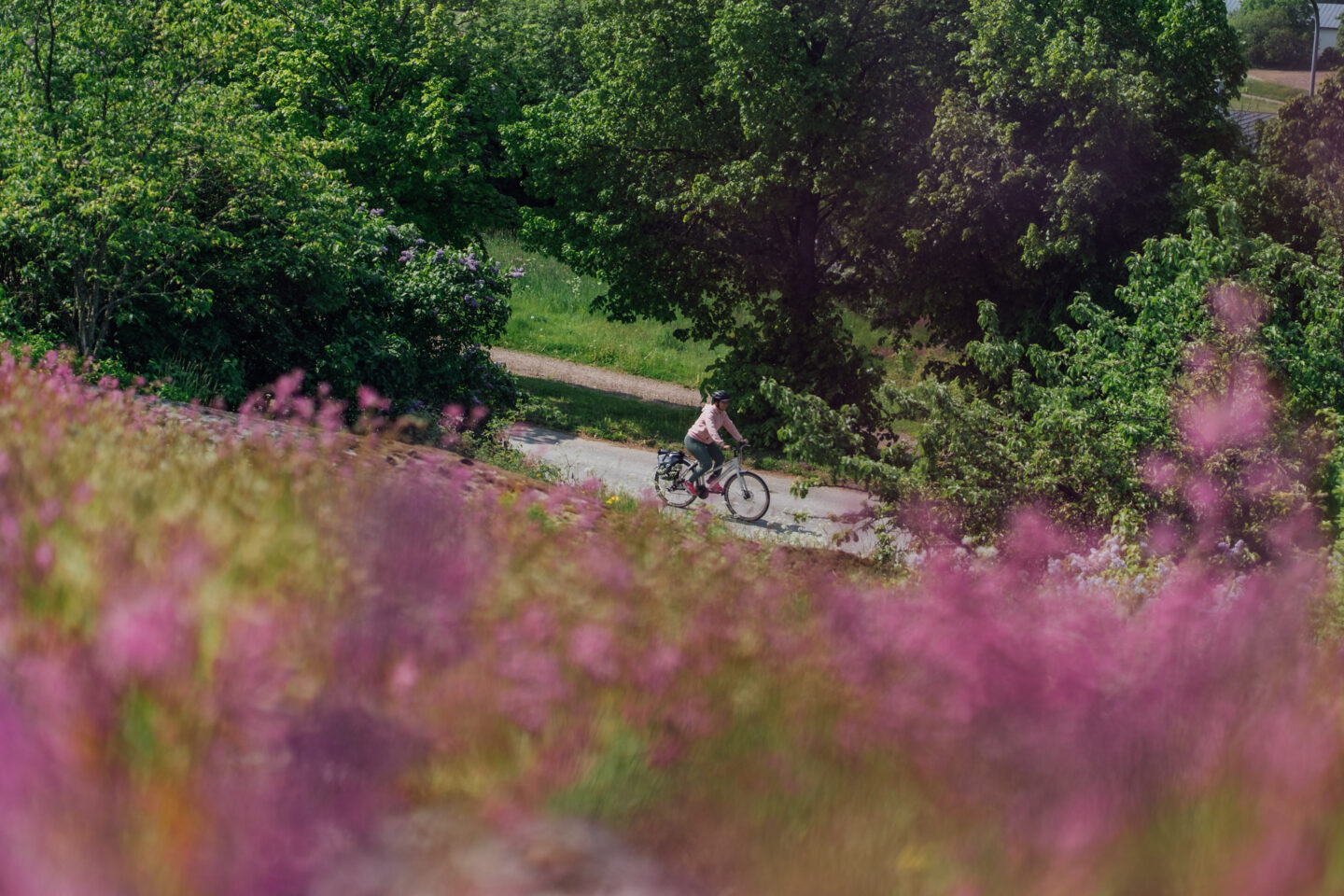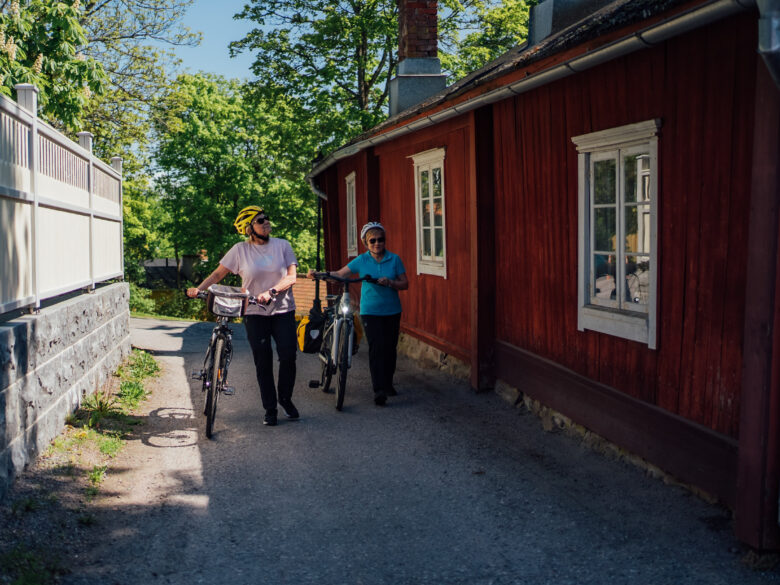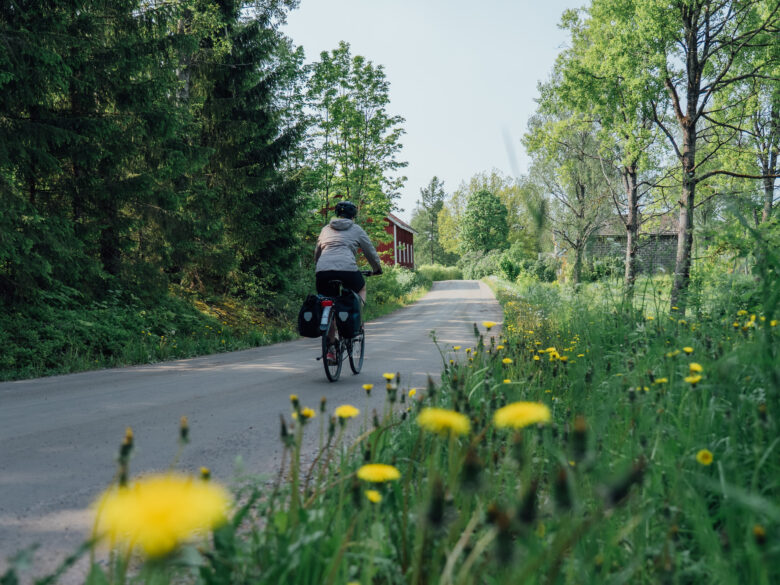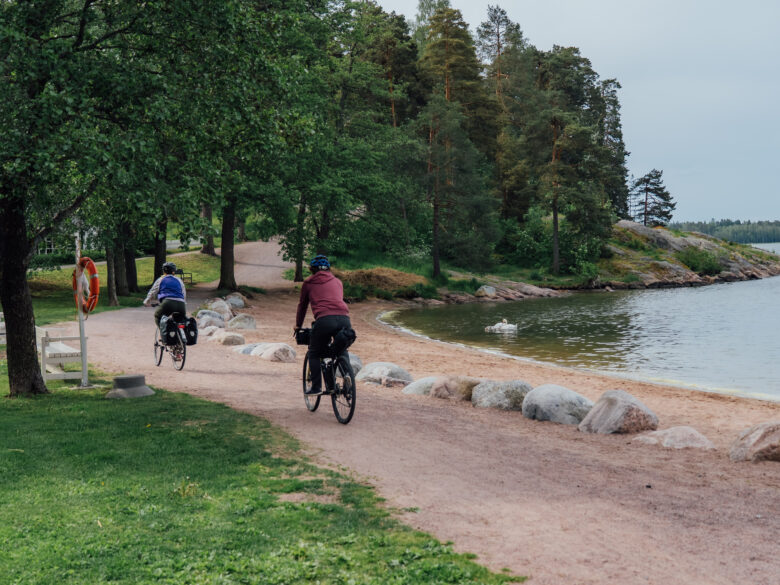EuroVelo 10 - Baltic Sea Cycle Route
 1623 km
1623 km 14-28 days
14-28 days 7400m
7400m 69m
69m 8 %
8 % 0 %
0 % 2
2 100 %
100 %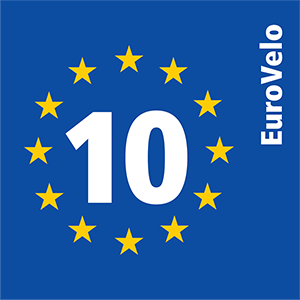
Summer months in the Nordics are filled with light and perfect temperatures for cycling; the towns are vibrant and inviting, making the Finnish section of EuroVelo 10 an excellent way to experience the best of Nordic summer, nature, and culture.
Crossing over from Haparanda (Sweden), you come to Tornio, delta of the popular fishing river Tornionjoki, and the start of the Finnish part of EuroVelo 10 route. You are now at the most northern part of the Baltic Sea, one of the largest brackish water areas in the world with a drainage area about four times larger than its surface area.
As you head south along the coast you will pass by cities, small and big. The first one is Oulu which is renowned as the world’s winter cycling capital! Next up is Kalajoki with its vast sand dunes, Kokkola and Pietarsaari with their charming old wooden house districts dating back to the 1700’s. From Kokkola to Pietarsaari you get to head out to the outer archipelago for the first time, crossing over 7 bridges from one small island to another.
As you reach Vaasa, if you have time it’s recommended to do a detour to the unique Kvarken Archipelago which is one of the best places in the world to experience and understand the land uplift phenomenon caused by the last Ice Age. It is also Finland’s only Natural World Heritage Site on the UNESCO World Heritage List.
Quiet countryside roads lead you further south, and from here on the EuroVelo 10 route is signposted with the EuroVelo signs all the way till Vaalimaa. Next towns along the way are Uusikaupunki, Rauma, Pori, and Kristiinankaupunki which all are towns with a beautiful and unique archipelago, old towns and maritime feel as well as a closeness to the Bothnian Sea National Park.
As you reach Naantali, the developed part of the EuroVelo 10 route in Finland starts. To learn more about the next section between Finland’s former capital Turku to current capital Helsinki we recommend heading out to EuroVelo 10 Turku to Helsinki route website. The southern part of the route is full of history and it follows, in part, an old postal road, known as Kuninkaantie (Kings Road) or Suuri Rantatie (Great Coastal Road), which connected the vast Swedish empire from the west in Bergen to the east in Vyborg.
In Helsinki the developed part ends but you can continue eastward to the picturesque town of Porvoo, the lovely Loviisa with little alleys and lovely gardens, the Kotka-Hamina region with its long history of East battling West from as early on as the 13th century. The mighty mercantile city of Novgorod in Orthodox Russia spread its influence to this region, and on the other side the Swedes tied the territory to the west. Many of the fortified constructions in the region, such as the Hamina Fortress and Kyminlinna in Kotka, are reminders of the borderlands.
The Finnish part of the EuroVelo 10 route ends in the southeastern corner of Finland at Vaalimaa in Virolahti. However, since the Russian border is currently closed, it is recommended to use the ferry connections between Helsinki and Tallinn to continue your journey southwards along the EuroVelo 10.
More detailed trail notes for the EuroVelo 10 route between Tornio and Turku, and Helsinki to Vaalimaa are under development. You can ride the route both ways but we recommend riding the route from north to south!
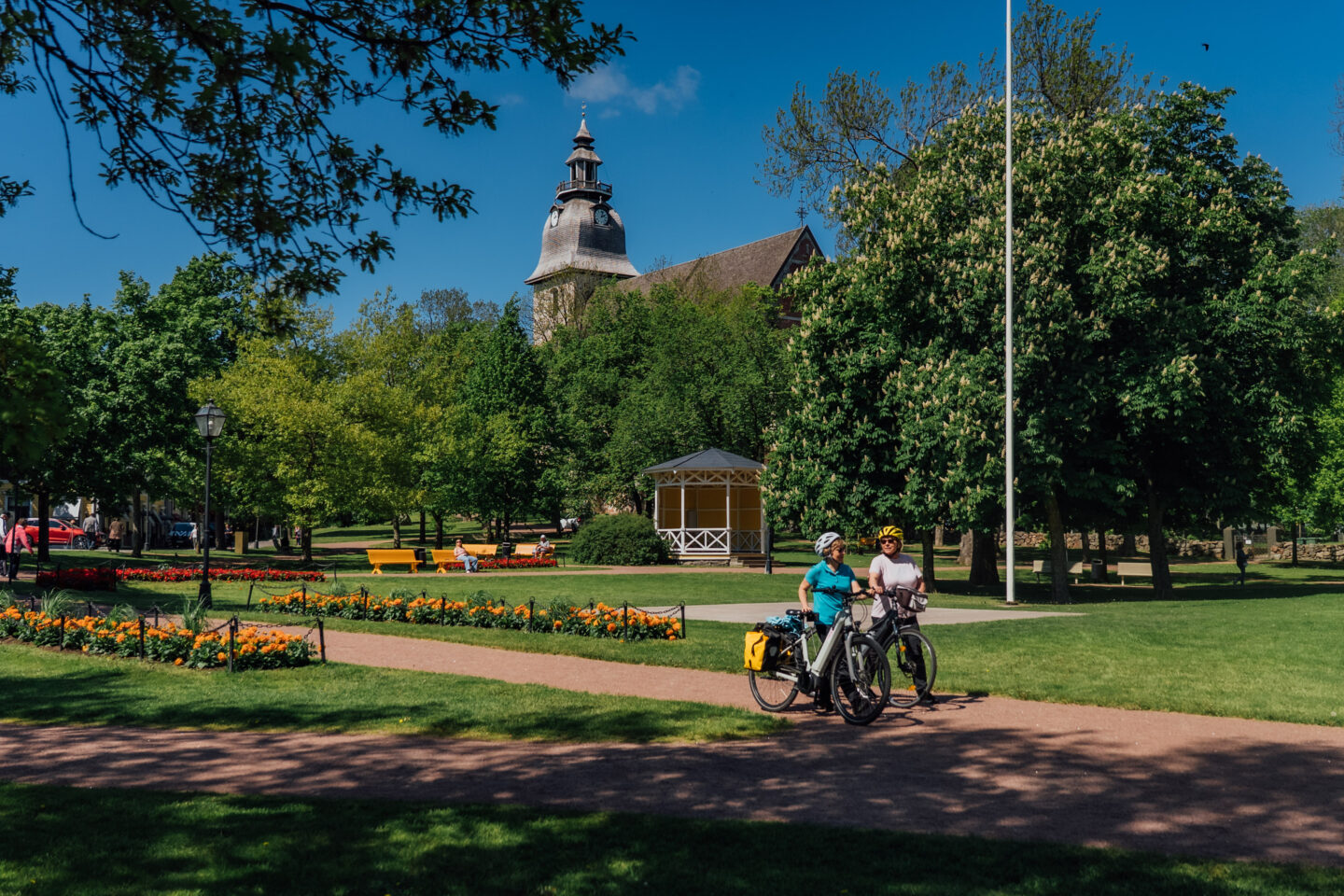
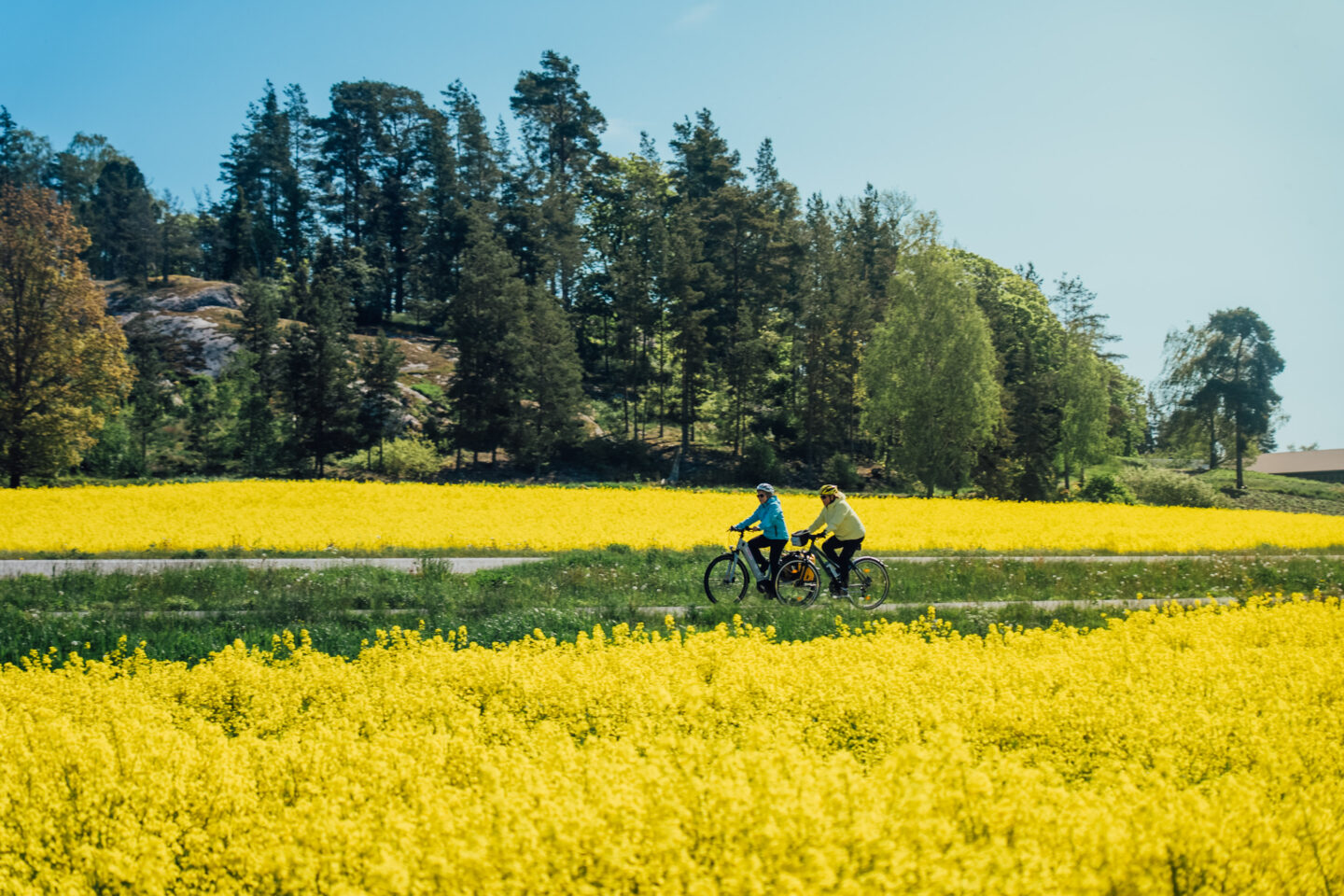
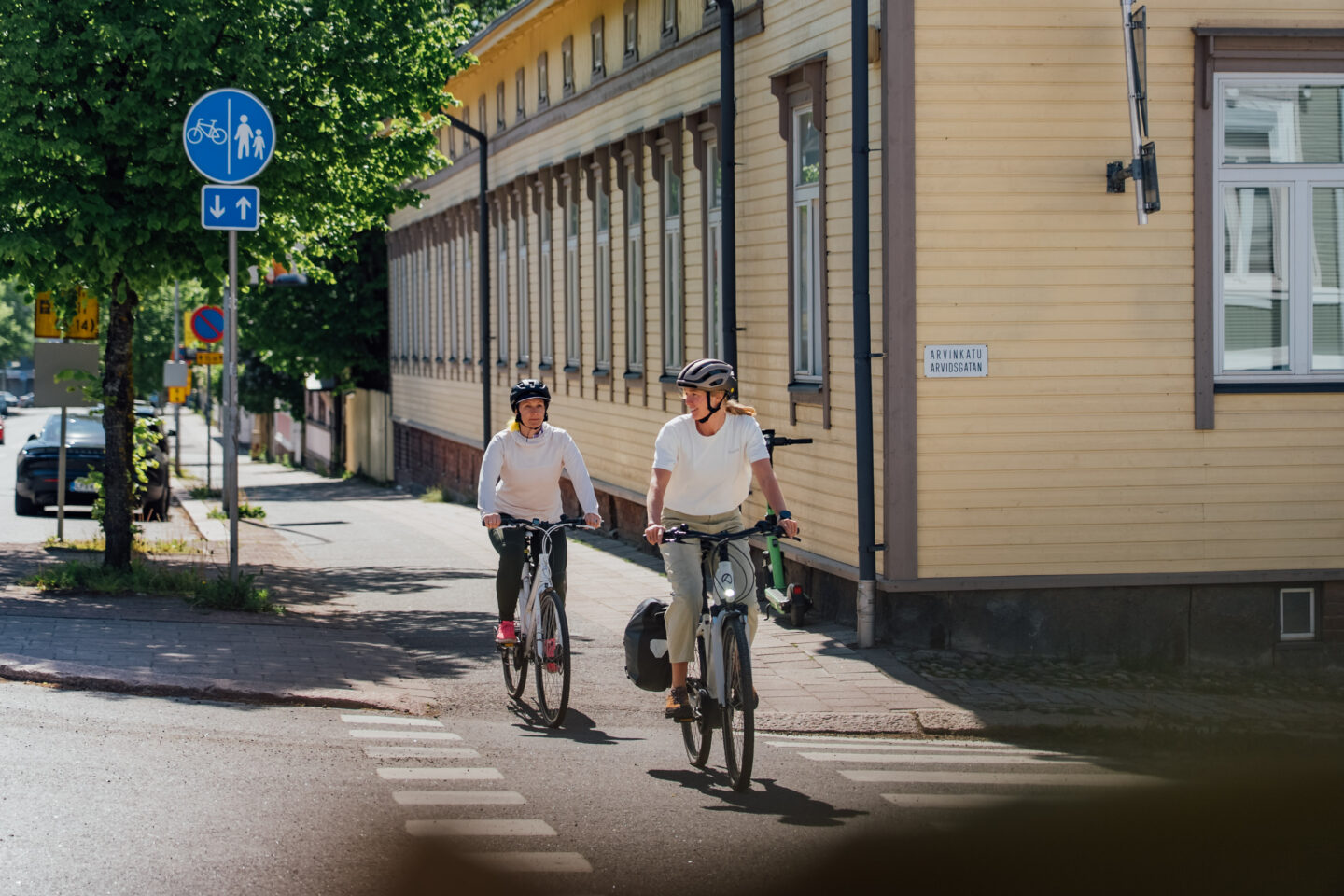
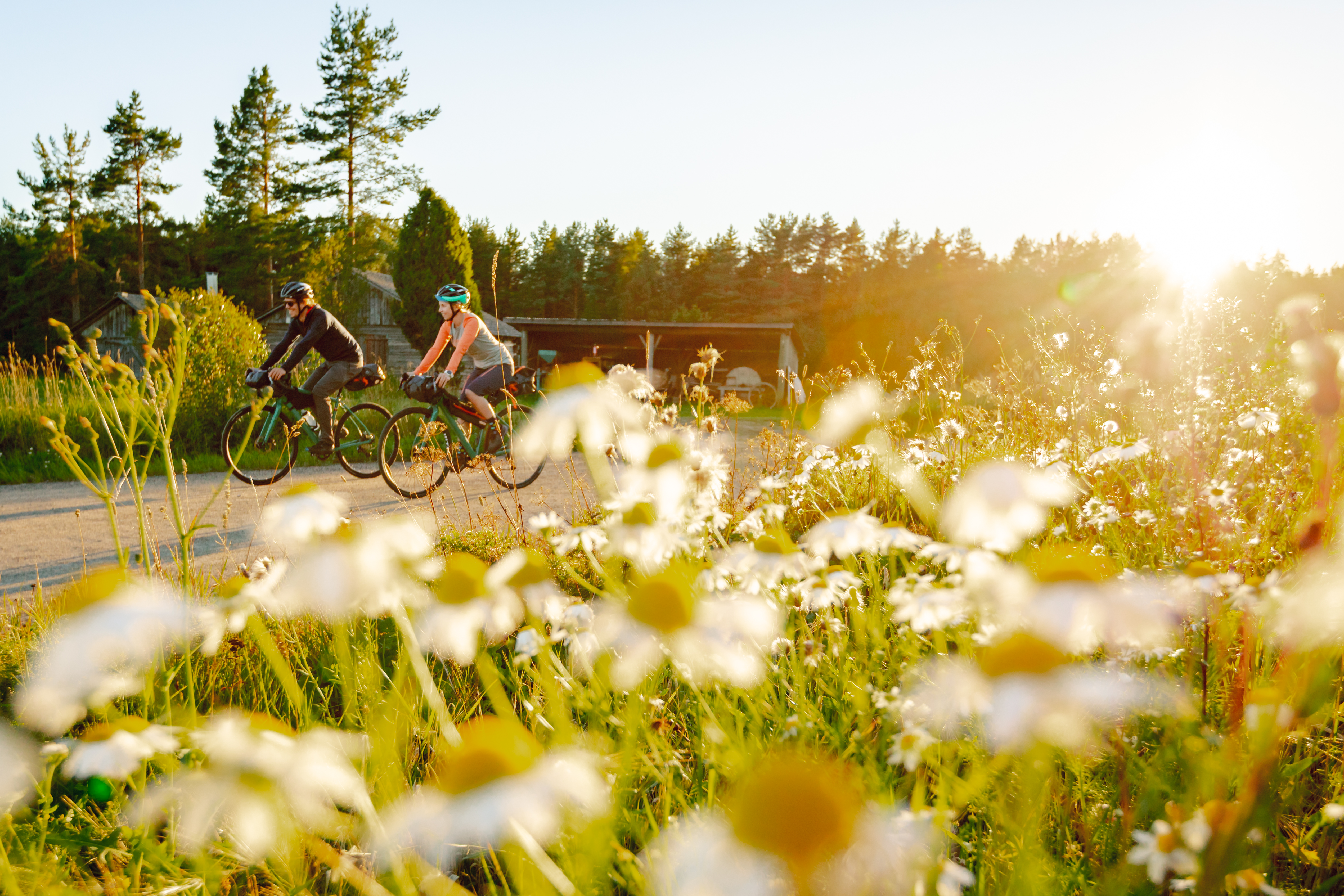
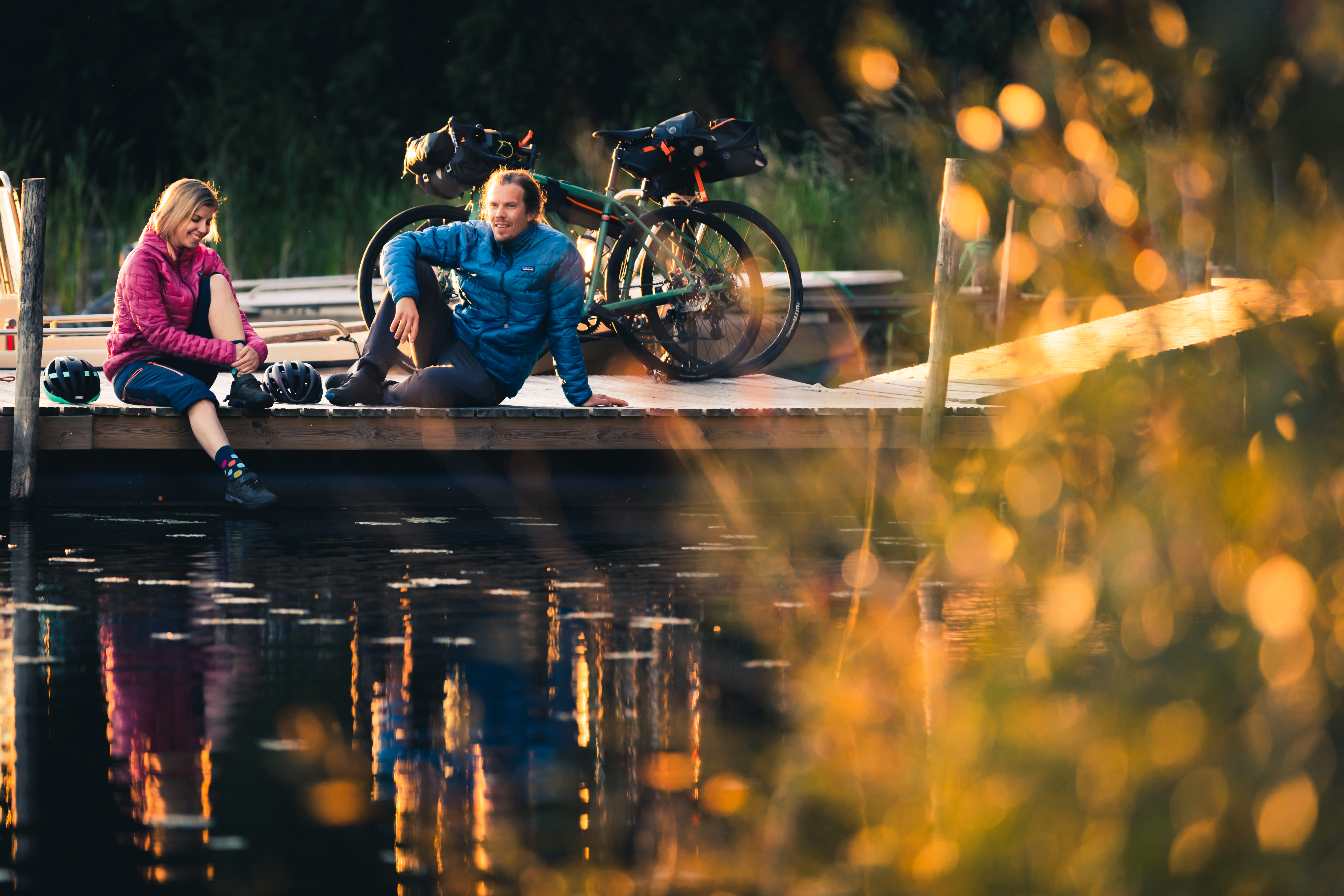
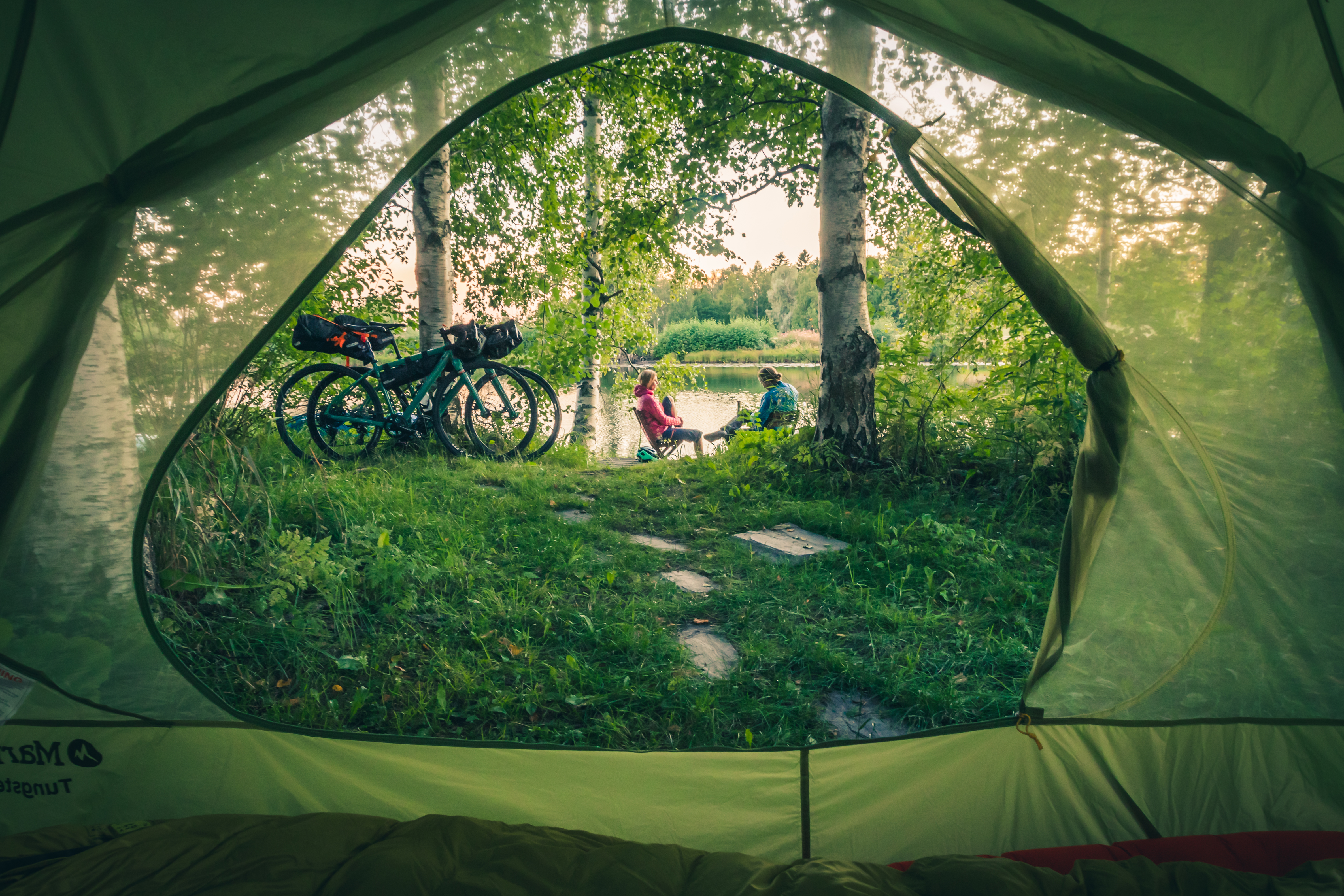
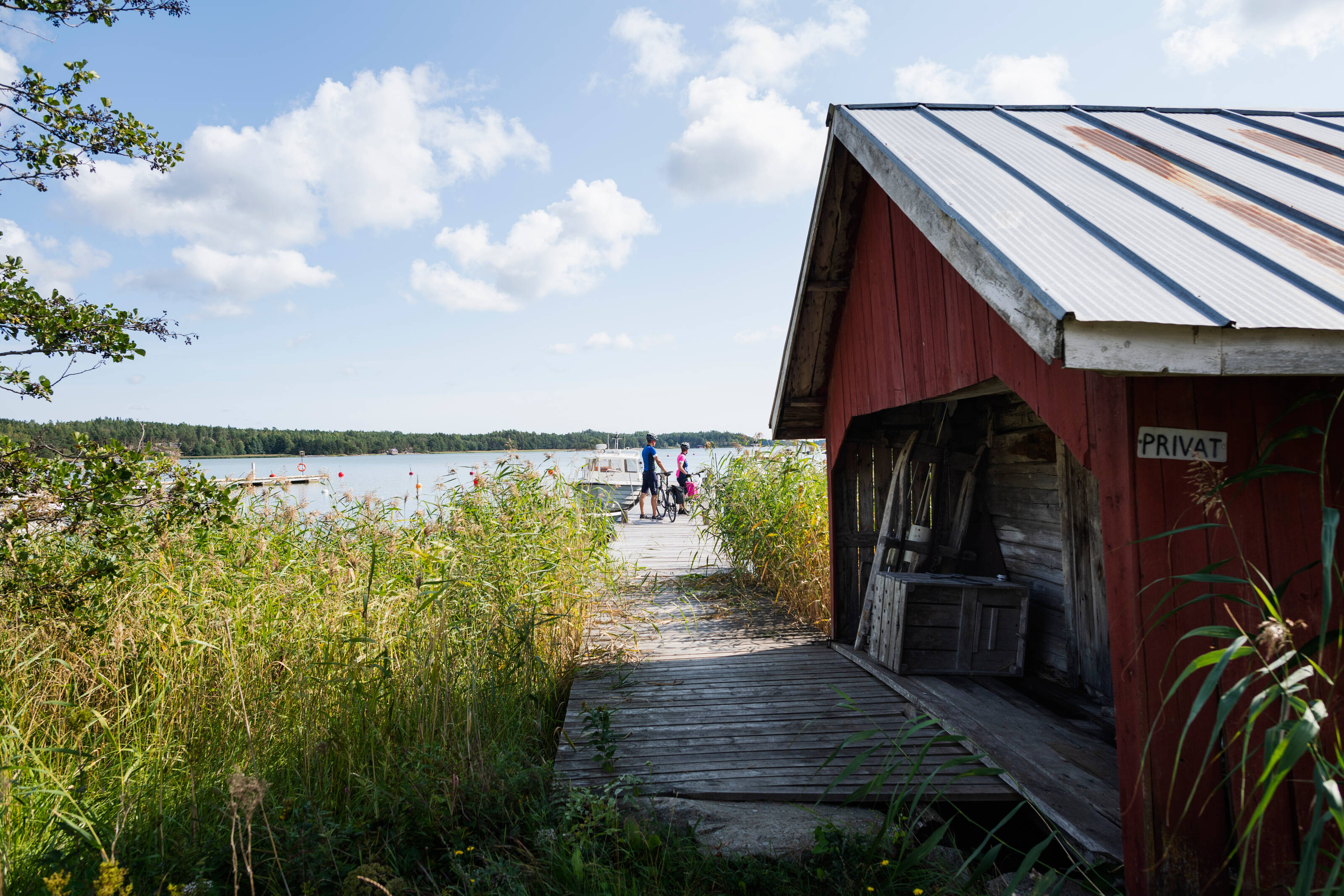
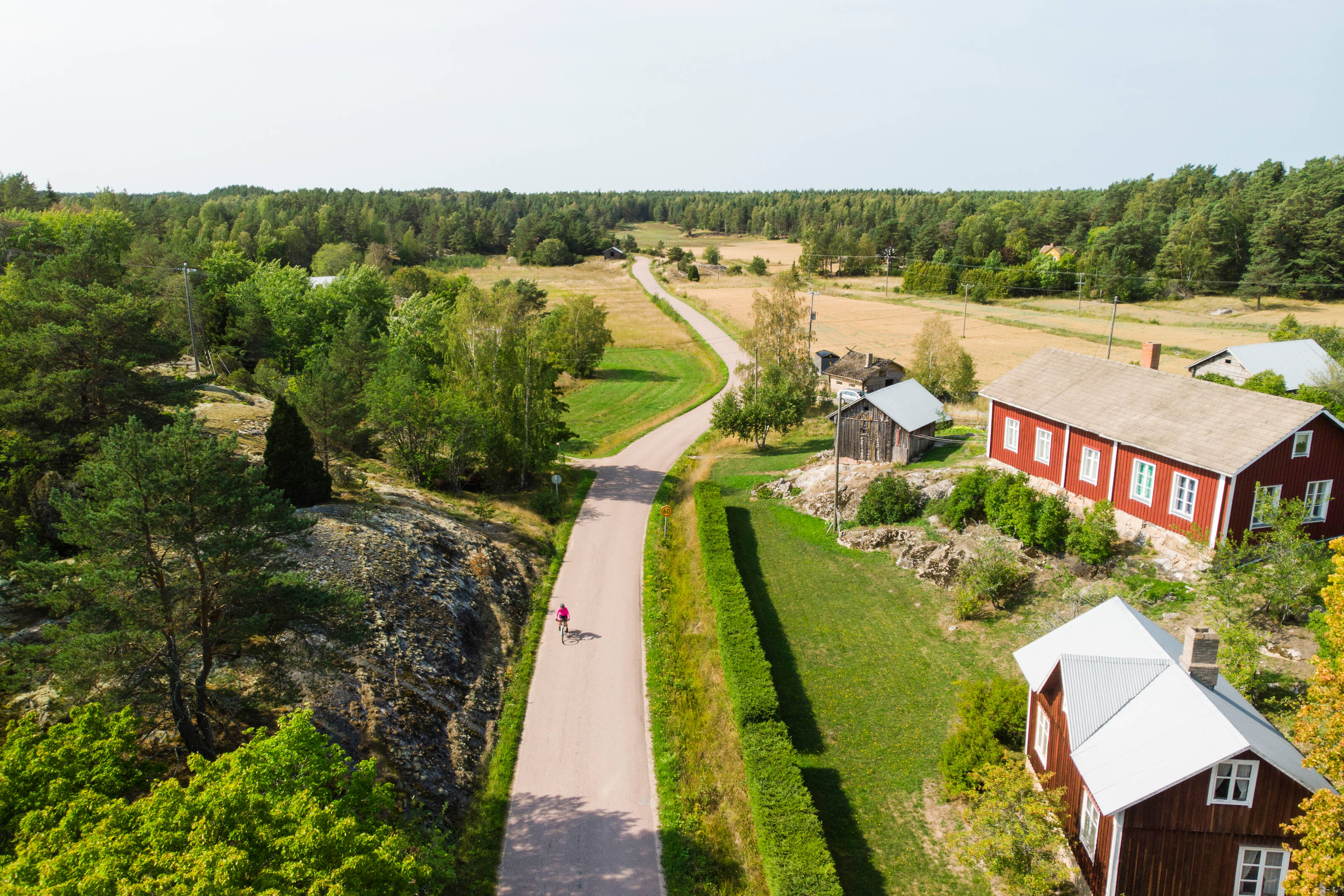
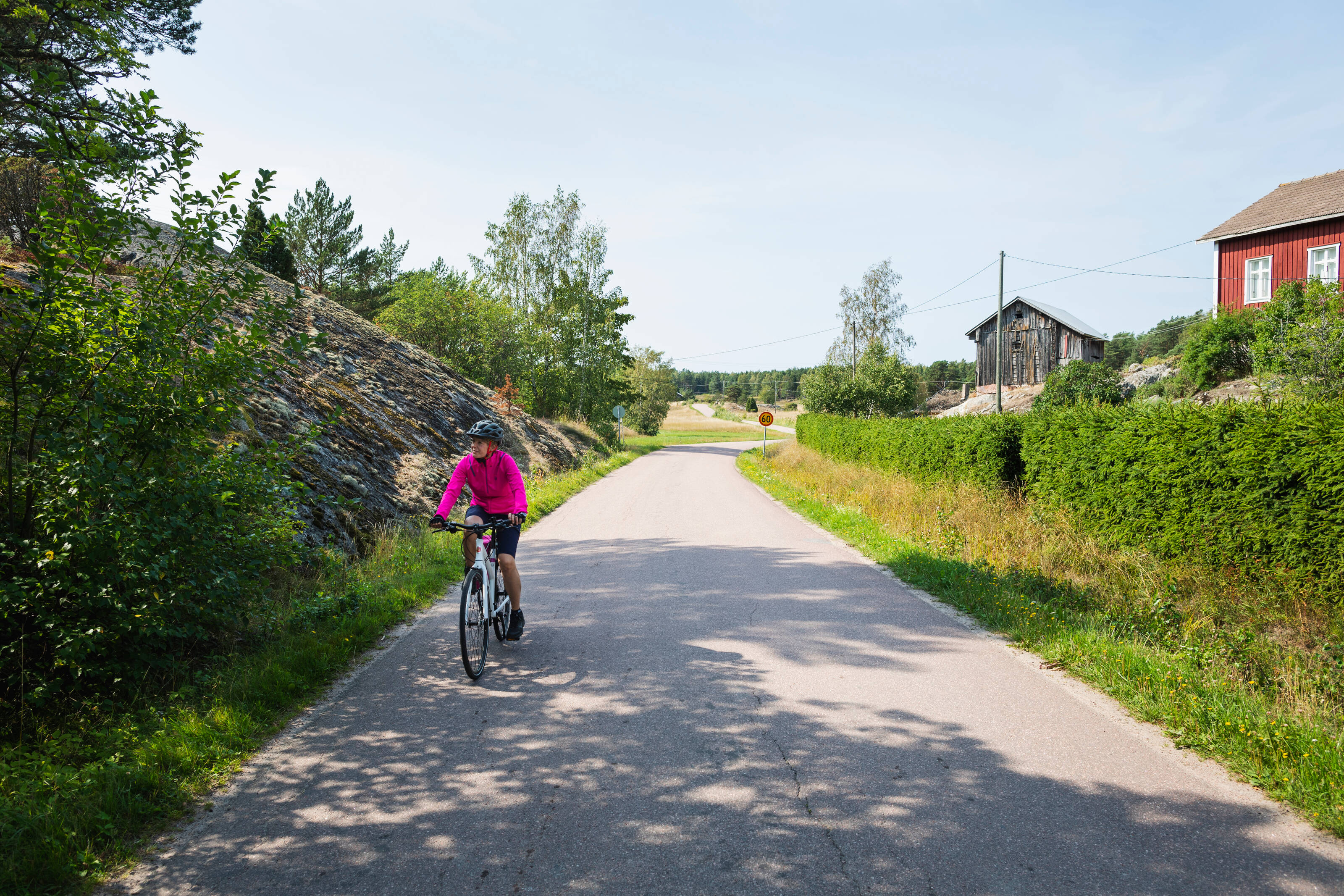
- Long summer days – from the beginning of May to the end of August, there's a minimum of 15 hours of daylight
- The peacefulness of the countryside and small seaside towns with wooden house districts
- Amazing marks of Ice Age at Kvarken and Bothnian Bay
- Experience Finland’s rich sauna culture — especially in Helsinki, where you’ll find a variety of public saunas like Löyly, Allas Sea Pool, Kulttuurisauna, Uusi Sauna, and the free, volunteer-run Sompasauna.
- Berry picking is popular from late July through September, with forests full of raspberries, blueberries and lingonberries.
- The trail is suitable for any touring bike with tires at least 32 mm wide. Experienced riders may manage with narrower ones.
- The best time to cycle in Finland is May–September.
- Services are mainly open mid-May to mid-August — always check opening hours in advance.
- Warmest weather is from June to late August, with average daytime temperatures around 20°C and nights above 10°C. Check the weather forecast before arrival.
- Summer days are long, and around midsummer there is no real darkness. If you're not used to the light, a sleep mask can help.
- Water and snacks are essential — services are mostly in towns and cities every 27–55 km.
- EuroVelo 10 is signposted with EuroVelo signs between Vaasa and Vaalimaa, but we recommend downloading the GPX track and using digital navigation tools. You’ll find tips in the Bikeland blog.
- Mobile coverage is good along the entire route. In emergencies, call 112 or use the 112 app.
- There are no dedicated e-bike charging stations, but many accommodations and cafés may allow charging with your own charger — just ask.
- In July, insects are active. Their number varies along the route and place, but insect repellent and a hat are recommended—especially if you're camping.
- There’s a good number of guesthouses, hotels and Airbnb along the trail, but mostly located in the cities and larger towns (Kotka, Hamina, Loviisa, Porvoo, Helsinki, Turku, Rauma, Pori, Vaasa and Oulu) along the route. In some of the smaller towns there are only 1-2 options for accommodation.
- It is highly recommended to book the accommodation in advance and confirm the availability of secure bike storage before arrival.
- By Everyone’s Rights, camping is permitted and free of charge but comes with some responsibilities. You can camp for a night anywhere in nature when you keep at least a 150 meter distance to buildings or people's yards and agricultural lands and you do not cause any harm to people nor the land. More information e.g. luontoon.fi.
- If the wildfire warning is in effect, do not light any fires, not even in constructed campfire places. This prohibition does not apply to cooking shelters or other fireplaces with a flue. Check the situation of wildfire warnings.
- Restaurants, cafes and shops are located at regular intervals in towns along the route.
- Services are typically open from mid-May to mid-August, always check the opening times before the trip.
- You can recognise bike-friendly businesses from the Welcome Cyclist -badge and browse them on the Bikeland service map.
- Tap water is usually high-quality and suitable for drinking in Finland. Restaurants and shops are often happy to fill cyclists’ bottles.
- If you fill your bottle from the many creeks, rivers, and lakes along the route, you should always purify the water before using it by boiling or using filters or purification tablets.
- It is recommended that you carry with you the water & snacks you need for a day.
- Do not litter; carry out all waste and recycle at designated services.
- When wildfire warning is in effect, also campsites’ open fireplaces will have the prohibitions of making an open fire. Using a camping stove, however, is always allowed. For information about regional wildfire warnings, see ilmatieteenlaitos.fi/metsapalovaroitukset
- Helsinki,Turku, and Vaasa have ferries to Sweden, Åland Islands, and Finland. From Helsinki you can also connect between Sweden, Germany, and Estonia! Check the schedules and routes: Tallink-Silja, Viking Line, Eckerö Line, Finnlines or Wasaline.
- Airports are located in Oulu, Kemi, Pori, Helsinki and Turku, offering good flight connections.
- Direct train connections are possible from Helsinki to Oulu, Kemi, Tornio, Vaasa, Pori, Turku and Kotka. For tickets and schedules check vr.fi
- Buses run regularly along the route. For schedules and tickets, check matkahuolto.fi. Some buses allow advance bike ticket purchases, while others require arranging directly with the driver.
- If you are traveling with your own bicycle by bus, train or airplane or ferry, reserve the place for the bike well in advance and note that ebikes are not allowed on airplanes at all.
- Tip: Short on time or want to ride only selected sections? Consider combining cycling with a train or bus ride to focus on your favorite parts of the route.
Cycling south from Kemi to Oulu, the route passes Bothnian Bay National Park. Oulu is a vibrant cycling city known for its Market Square and as the world’s winter cycling capital. South of Oulu, towns like Kalajoki, Kokkola, and Pietarsaari showcase Finland’s maritime and wooden town heritage. The scenic Route of 7 Bridges (Road 749) offers first glimps of the archipelago.
Further south, the Kvarken Archipelago near Vaasa is Finland’s only Natural World Heritage Site and worth a extra loop because it's a amazing example of land uplift caused by the Ice Age. You’ll pass small, charming towns like Kaskinen and Ahlainen, nearing the route’s halfway point.
The west coast towns of Kristiinankaupunki, Uusikaupunki, Pori, and Rauma offer a rich maritime atmosphere. Rauma, with its UNESCO sites—Old Rauma and Sammallahdenmäki—offers wooden town charm and lace-making heritage. In Yyteri, near Pori, you can relax on the sand dunes, pine forests, nature trails by the sea. Pori hosts a famous jazz festival, and Reposaari showcases coastal defenses from the 1930s.
Southbound, you pass Naantali, home to the Moomins and the Presidential summer residence, then arrive in Turku. Finland’s oldest city, Turku is rich with parks, riverside cafes and medieval landmarks. From Naantali you can also access the Archipelago Trail, one of the most popular bike touring routes in Finland.
East of Turku, the route goes through towns like Salo, and the scenic Teijo National Park near Mathildedal. You then reach Tammisaari and its surrounding archipelago national park.
Approaching the Helsinki region, you cycle through Inkoo, Siuntio and Kirkkonummi all the way till Espoo—known for nature, tech history, and universities. Helsinki and Espoo have over 180 km of shoreline paths which the EuroVelo 10 follows. The developed part of the EuroVelo 10 end in the Market Square of Helsinki. From there you can easily catch a ferry to Suomenlinna Sea Fortress, an inhabited UNESCO World Heritage Site, a must see when in Helsinki.
EuroVelo 10 continues east all the way to Vaalimaa. The route is signposted, but detailed route descriptions are not yet available for this section.
Porvoo, further east, is a charming riverside town with 18th-century wooden buildings and ties to poet Runeberg. Nearby Loviisa offers sea fortresses, gardens, and historic ironworks at Strömfors. Road 170 leads through peaceful fields and coastal villages to the Kymijoki River delta and the Kotka-Hamina region. This area has long been a crossroads of East and West, dotted with fortresses and maritime history. Salpalinja, a 1200 km WWII defensive line, runs through Virolahti and Miehikkälä.
The Finnish EuroVelo 10 route ends at Vaalimaa, the main border crossing to Russia, from where the journey continues toward Estonia and beyond. However, since the Russian border is currently closed, it is recommended to use the ferry connections from Helsinki to Tallinn.



